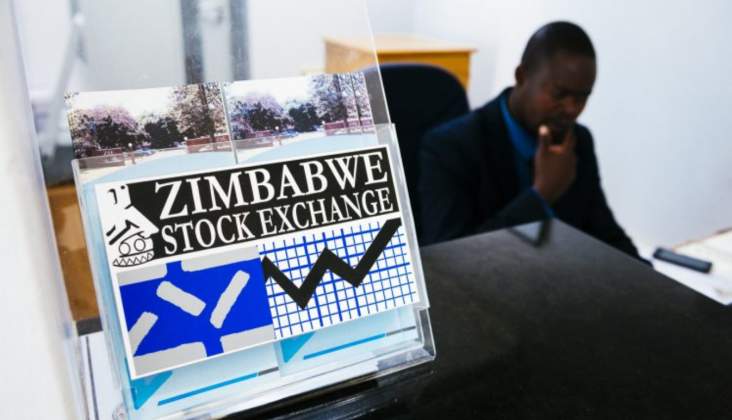ZSE inches closer to $2 trillion
MARKET capitalisation on the Zimbabwe Stock Exchange (ZSE) inched closer to $2 trillion on Monday, after gaining 40% since the beginning of the year, according to official data.
As of yesterday, the ZSE market capitalisation was nearly $1,88 trillion, a gain of about $500 billion from $1,31 trillion in January.
The last time the ZSE entered the trillion-dollar market capitalisation was during the final legs of the hyperinflationary crisis between 2007 and 2008, when volatilities decimated the domestic currency, triggering a flight from other investment options to the bourse.
This week’s developments came as investors continued trooping back to the bourse to hedge against inflationary shocks following another extensive drabbing of the Zimbabwe dollar in the past year. The currency has been buttered since February 2019, when government ended a decade-long multicurrency system introduced in
2009.
There have been fears that Zimbabwe could relapse to the 2008 crisis levels, when carnage on the currency triggered ZSE’s collapse.
Such concerns gained traction in the past few weeks, after market watchers including Morgan&Co, predicted a bloodbath on the currency this year, with the Zimbabwe dollar projected to depreciate to US$1:$400 by December, from about US$1:$230 currently.
”Assuming a year end exchange rate of $400 (US$1:$400) implies a closing market capitalisation of $2,9 trillion (+78% nominal growth). The fact that we do not expect the market to register significant gains in real terms implies that stock picking will be of paramount importance in 2022,” Morgan&Co said last week.
Firms have been facing challenges securing cheaper foreign currency from the Reserve Bank of Zimbabwe’s forex auction due to delays in the allotments of winning bids.
Lag time in allotments can take anywhere from a few weeks to two months, although the central bank is actively working on addressing the backlog. As a result of the lag, a lot of listed firms are finding themselves with excess local currency but are unable to liquidate that money as suppliers mostly charge in foreign currency. Miners have already started complaining about his phenomenon.
Despite this, local financial services firm IH Securities in a recent equities strategy document found that the market had not yet become illiquid but rather just failed to adequately price stock.
“No illiquid markets, just mispriced markets: Significant downside risk to an already fragile stability continues to emanate from an ineffectual currency policy.
“The parallel market premium to the auction rate currently hovers at circa 100% creating harmful arbitrage opportunities,” IH Securities said.
“The current recovery/economic expansion will inevitably create further demand for capital goods and inputs stimulating buy-side pressure for foreign currency which will not be matched by an adequate supply side of forex at current levels.
“The RBZ has given indications of the notable US dollar stock in the country (circa US$4,8bn including their estimate of parallel market balances).”
IH Securities added: “This suggests to us that the market is not illiquid but simply mispriced.
“We anticipate further managed devaluations of the local unit during the CY22, however, if too slow, there will be accelerating parallel market premiums with knock on effects to inflation”.
IH Securities recommended selective stock picking focused on monopolistic businesses with a strong track record of value accretive capital allocation.
“Nevertheless, with the likelihood of some cost push inflation in FY22 and sustained pressure on rates, we foresee another good year for equity returns as the market continues to hedge ZWL,” IH Securities said.-newsday











